Winter waterbird numbers shift in a warming climate
Winter waterbird numbers shift in a warming climate
25 Apr 2024
Data from the newly published edition of Waterbirds in the UK provide further evidence that wintering ducks, geese, swans and waders are adapting to climate change by altering their migration.
The report, published on 25 April, is this year’s annual report and official statistic for the BTO/RSPB/JNCC Wetland Bird Survey (WeBS) and the BTO/JNCC/NatureScot Goose and Swan Monitoring Programme (GSMP). It presents and analyses data about the UK’s wintering waterbird species, collected by over 3,800 dedicated volunteers across the UK.
Both WeBS and GSMP have robust, long-term datasets that map the changing population size and distribution of the UK’s internationally important wintering waterbirds like ducks, geese, swans and waders. Many of these species are long-distance migrants, travelling to the UK each autumn to escape the harsh winter weather at their breeding grounds in regions like Greenland, Iceland and arctic Russia.
However, as data published in Waterbirds in the UK reveal, the winter populations of birds such as Bewick’s Swan, Goldeneye and Dunlin are declining in the UK as they change their migratory behaviour in response to warmer temperatures.
As previously frozen landscapes become more hospitable, birds are able to cut their migration short and remain closer to their breeding grounds over winter. This behaviour is known as short-stopping and is covered in detail in a feature article in the report.
This year, Waterbirds in the UK also reveals this phenomenon in birds that traditionally leave our shores for winter, heading to warmer climes in southern Europe. This is particularly clear for Black-tailed Godwits which are remaining in the UK in increasing numbers during winter.
Other significant news revealed by the report includes updates on the status of the Svalbard and Greenland breeding populations of Barnacle Geese. Both these populations spend the winter months in the UK and were heavily affected by the most recent outbreak of avian influenza that began in late 2021. The latest results from WeBS and GSMP show signs of recovery in the Svalbard population, but none as yet in the Greenland population.
As our waders and wildfowl continue to adapt to a changing climate and other threats like habitat loss and disease, Waterbirds in the UK provides essential data about their movements and distribution. This is especially important for species which are also experiencing declines in their breeding populations, such as Bewick’s Swan.
WeBS and GSMP are both vital components of the international collaborative effort to monitor these species on a flyway scale and inform future conservation decisions.
View the full report
For detailed insight into the current status and distribution of waterbirds in the UK, read and download the full Waterbirds in the UK 2022/23 report.


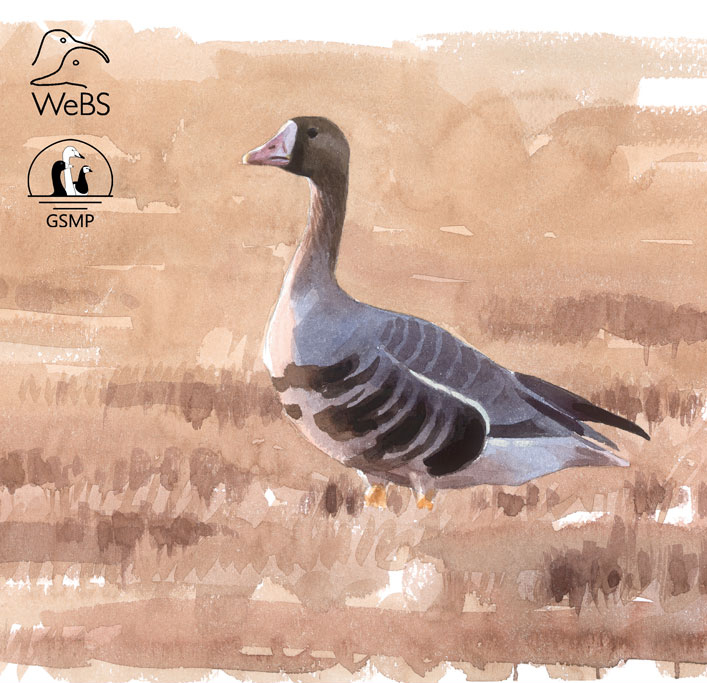
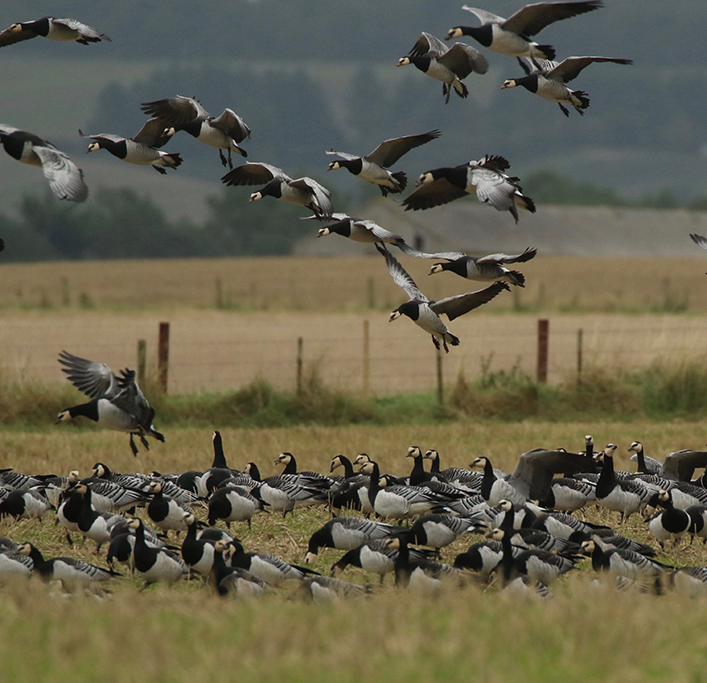
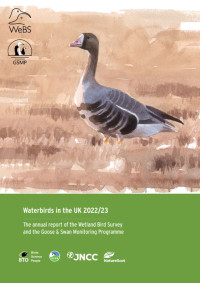
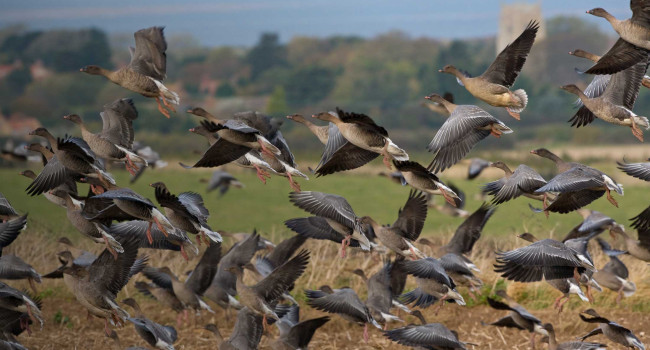
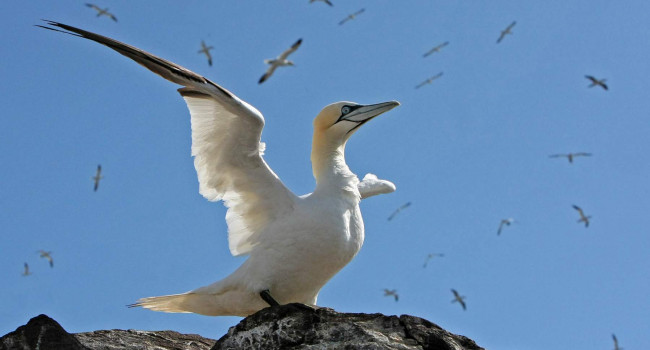
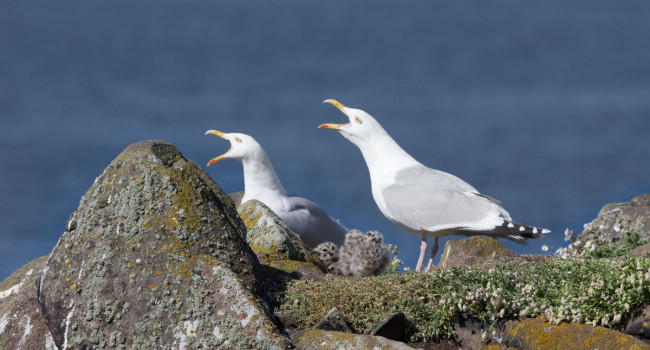

Share this page